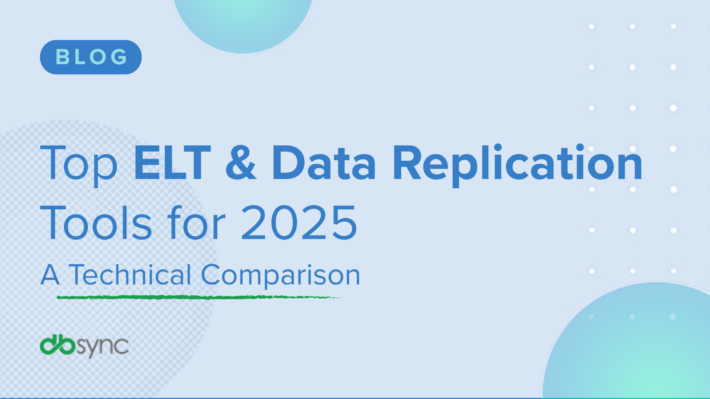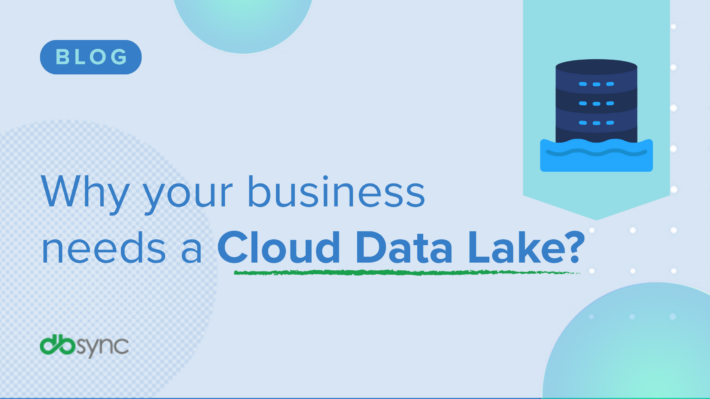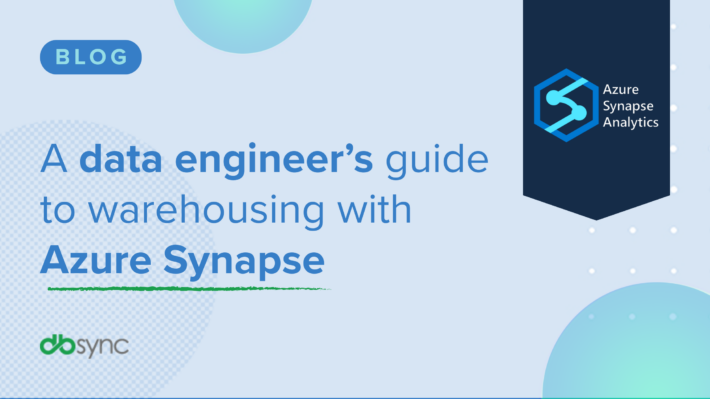Best Practices for Salesforce Data Replication
Software-as-a-Service (SaaS) applications are popular for businesses because they offer a convenient way to access powerful tools without extensive technical infrastructure. However, as companies grow and their data needs expand, they may find their SaaS data scattered across multiple applications, making it challenging to analyze and gain insights.
Salesforce is a popular customer relationship management (CRM) tool that stores and manages crucial business data. Replicating Salesforce data can be critical for several reasons, including backup, analytics, reporting, and integrations with other business applications.
Salesforce data replication refers to the process of copying data from a Salesforce database to another destination, typically a data warehouse or another application. This is often done to create a data backup, integrate Salesforce data with other systems, or perform data analysis.
Salesforce provides several options for data replication, including:
Salesforce APIs: Salesforce provides APIs (Application Programming Interfaces) that allow developers to access and manipulate Salesforce data. Developers can build custom integrations using APIs to replicate data between Salesforce and other systems.
Salesforce Connect: Salesforce Connect allows users to connect external data sources to Salesforce, enabling access and updating data in real-time. This can be useful for replicating data between Salesforce and other applications.
Third-party replication tools: Several third-party saas replication tools are available that can replicate data between Salesforce and other systems. These tools often provide more advanced features than the built-in Salesforce options, such as support for complex data transformations and scheduling options.
When replicating data from Salesforce, it’s essential to consider factors such as data security, data quality, and performance. Additionally, it’s necessary to ensure that the replicated data is kept up-to-date with changes made in the Salesforce database.
Benefits of Replicating Salesforce Data
Replicating SaaS data offers several benefits to businesses:
Gain a comprehensive view of your organization’s data: Businesses can get a comprehensive view of their data by aggregating data from multiple SaaS applications in a single location.
Make better decisions with data-driven insights: By analyzing data in a data warehouse, businesses can get insights that can inform business decisions and drive growth.
Protect against data loss: Replicating SaaS data to a data warehouse protects against data loss due to system outages or other technical issues.
Improve data quality: By replicating data to a central location, businesses can standardize and clean their data, improving its overall quality and accuracy.
Best practices for Salesforce data replication:
You should follow some best practices to ensure your Salesforce data replication is accurate, efficient, and secure. Here are some of the best practices for Salesforce data replication:

- Determine the data to replicate: Identify the Salesforce data you need to copy by considering the data’s importance, frequency of updates, and usage by other systems. Replicating all Salesforce data can be time-consuming and resource-intensive, so selecting only the critical data is essential.
- Mask Production Data: It’s liable to be sensitive, so minimizing its exposure will reduce the chances of becoming compromised. Data masking is a crucial tool for maintaining data security measures. Encryption, anonymization, and pseudonymization are also available.
- Include Metadata: Metadata plays a considerable role in your Salesforce environment and the accuracy of your data sets. Failure to include metadata in your data replication efforts might save on storage but will negatively impact your environment. Metadata must be included in your replication efforts to maintain data relationships and linked fields. It can be easy to focus on system data, but metadata is essential to a complete system.
- Choose the correct replication method: Salesforce data can be replicated using various methods such as APIs, external object integration, or ETL tools. Choosing the correct replication method will depend on factors such as the volume of data, the frequency of updates, and your IT infrastructure’s capabilities.
- Establish a replication schedule: Determine the frequency of Salesforce data replication based on the data’s importance and usage. For example, customer data may need to be replicated in real-time, while product data may need daily or weekly replication.
- Monitor replication processes: Establish processes to monitor Salesforce data replication and receive alerts for errors or delays. Regular monitoring ensures data replication is timely and accurate, preventing inconsistencies and mistakes.
- Secure your replication processes: Ensure your Salesforce data replication processes are secure by implementing proper authentication and encryption measures. In addition, access controls like password policies and multi-factor authentication can help secure your Salesforce data replication.
- Plan for scalability: Plan for future scalability of your Salesforce data replication processes to handle the increasing volume of data and changes to business needs. Ensure that your infrastructure and replication tools can handle increased volumes of data without compromising the replication’s quality and speed.
Conclusion,
Salesforce data replication is essential for businesses leveraging their Salesforce data for analytics, reporting, and integrations with other business applications. Following these best practices for Salesforce data replication can ensure that your replication processes are accurate, secure, and efficient, providing valuable insights for business decisions.
We would be delighted to discuss your use case and explore how DBSync can support your success. Please feel free to Schedule a meeting with us.
FAQs
What are the primary benefits of replicating Salesforce data for businesses?
Replicating Salesforce data provides a comprehensive view of organizational data, enables data-driven decision-making, protects against data loss, and improves data quality through standardization.
What are the best methods for replicating data from Salesforce to other systems?
Methods include using Salesforce APIs for custom integrations, Salesforce Connect for real-time external data access, and third-party SaaS replication tools for advanced data transformations and scheduling.
What key factors should businesses consider when choosing a Salesforce data replication method?
Businesses should consider data security, data quality, performance, and the ability to keep replicated data up-to-date with changes in the Salesforce database.
Why is data masking and metadata inclusion important in Salesforce data replication?
Data masking protects sensitive production data, and metadata inclusion maintains data relationships and field accuracy, ensuring the replicated data is complete and accurate.
How can businesses ensure secure and efficient Salesforce data replication processes?
Businesses should establish a replication schedule, monitor replication processes for errors, implement robust security measures like encryption and access controls, and plan for future scalability.


